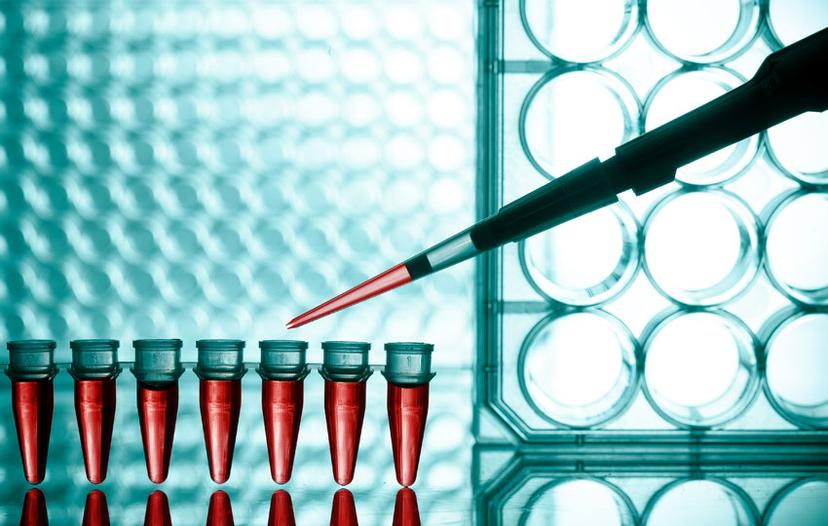Your Questions Answered – Clinical Utility of Droplet Digital PCR on Liquid Biopsies from Patients with Castration-Resistant Prostate Cancer
23 Feb 2017

Source: Shutterstock 2016

Dr Daniel Wetterskog Senior Scientific Officer, Institute of Cancer Research, UK
In his recent webinar, Daniel Wetterskog, Senior Scientific Officer, Institute of Cancer Research, UK, gave an informative presentation on the application of digital PCR in studying and managing prostate cancer.
Dr Wetterskog described how the Treatment Resistance Team at the Instiute of Cancer Research has been using plasma to interrogate resistance in castration-resistant prostate cancer (CRPC) and develop biomarkers for selecting treatment. He went onto explain how the team used targeted next-generation sequencing and droplet digital PCR on cfDNA from sequential plasma samples and outlined the results of these studies.
Read on for highlights from the Q&A session with Dr Wetterskog, or if you missed it, watch the webinar on demand.
Q: Does the prevalence of androgen receptor mutations and aberrations change post-chemotherapy versus pre-chemotherapy?
A: We have recently started to look at the pre-chemotherapy situation and it does seem that in the post-chemotherapy state, we see more mutations and aberrations. However, we don’t yet know if this is due to there being higher tumor burden in the post chemotherapy patients - that’s where you pick up aberrations from plasma. We are looking into this further, but at the moment it does look as if there are more mutations and aberrations post-chemotherapy.
Q: Have you studied the effect of androgen receptor status on Enzalutamide response? Would you expect to see the same androgen receptor mutations coming up with resistance?
A: There are other groups which have studied the effect of AR on Enzalutamide response which have seen the same thing. With regards to if I would expect the same AR mutations to come up, we know that there are specific mutations which come up in response to Enzalutamide treatment. Saying that, some of the mutations that provide Abiraterone resistance can also provide Enzalutamide resistance due to them being able to be activated by alternative ligands.
Q: How were the reference genes chosen for the ddPCR copy number assay?
A: We started by asking Bio-Rad which reference genes they suggested and taking these. But in hindsight, we should have started by assessing the genome in our type of cancer. We should have picked genes from genomically stable regions of the cancer genome we were studying. But in our case, we were lucky that the reference genes we picked were from stable regions, so we didn’t have any problems. However, you should definitely look at the genomic situation for the cancer or disease type you are studying and make sure you take reference genes from stable regions.
Q: Have you tried adding more targets to your multiplex assays? Is there any upper limit on how many things you can study in the multiplex assay?
A: I have tried to add more to the multiplex assay, but I think there is an upper limit as you only have so much space. If it is not necessary for you to know which mutation is there, and you don’t need to know what position the mutation is in, you can make one cloud for any type of mutation. In this case, you might be able to put more assays in to look at many more mutations at once. So yes, doing it that way we can push it a bit further, but for the combined mutation copy number assay, I would say we are at the upper limit.
Q: Do you have any information about the DNA length of the cell-free DNA collected in metastatic prostate cancer patients?
A: In our case, I think we are hitting the target that has been published in literature for cell-free DNA. We are collecting DNA of around 146 to 166 base pairs.
Watch the full webinar on demand, or visit Bio-Rad’s company profile to discover more PCR products.
Do you use any of the technology mentioned in the webinar? Write a review today for your chance to win an Amazon voucher worth $400 or an iPad Air®.
